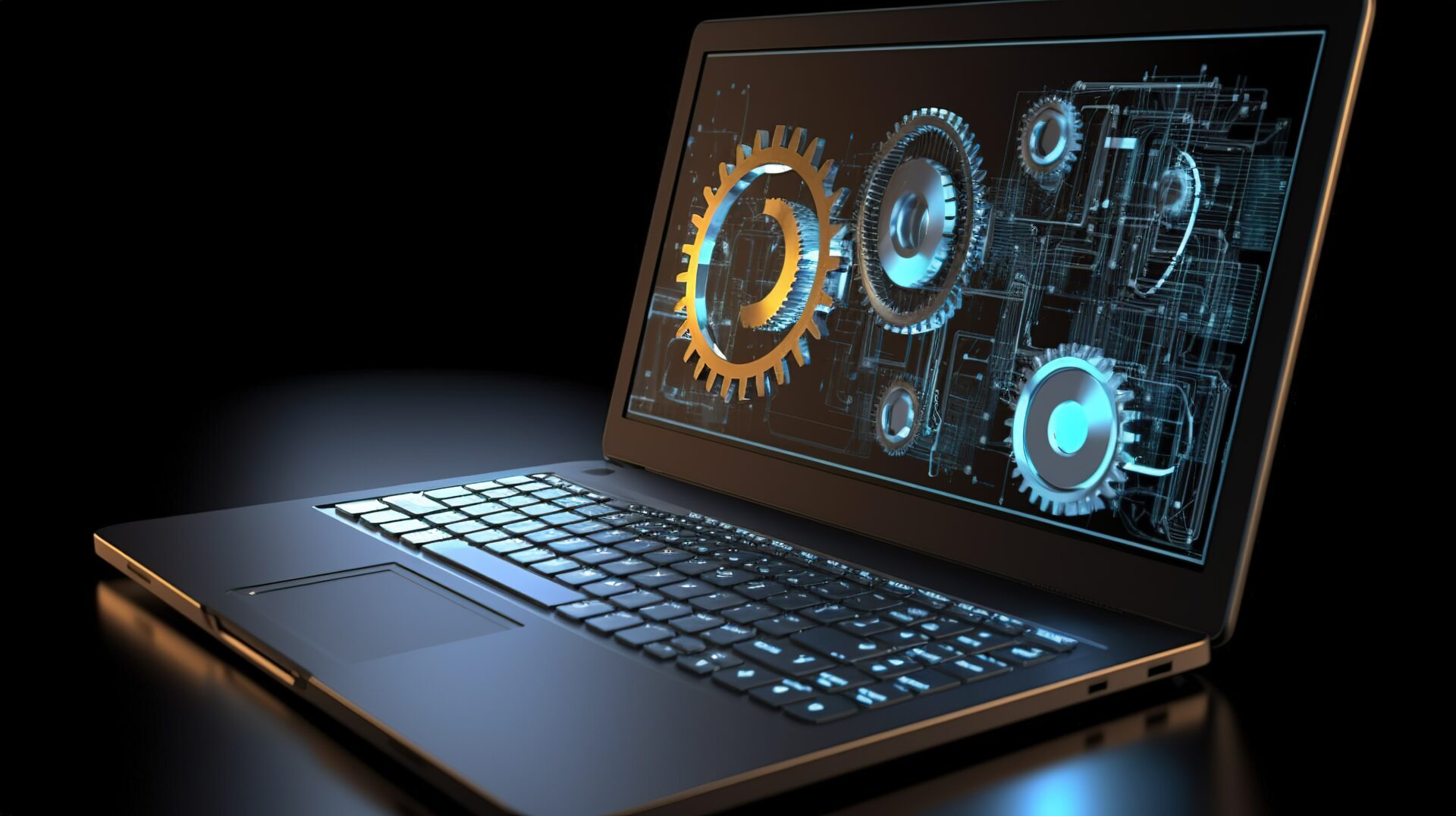The financial world is evolving rapidly, and at the heart of this transformation lies ISO 20022, a global standard for financial data exchange. Designed to enhance the efficiency, security, and interoperability of payment systems, this standard is reshaping the way financial institutions communicate. But what exactly is ISO 20022, and why does it matter? Let’s explore.
What is ISO 20022?
ISO 20022 is an international messaging standard developed by the International Organization for Standardization (ISO). It provides a common language and data model for exchanging financial information across various domains like payments, securities, trade, and cards. Unlike older standards, ISO 20022 uses XML and, more recently, JSON, ensuring rich, structured, and extensible messages.
Key Features of ISO 20022
- Enhanced Data Quality: The standard supports highly structured and detailed data, enabling better analysis and decision-making.
- Global Interoperability: By harmonizing data formats, ISO 20022 facilitates seamless cross-border payments and communication.
- Future-Proof: Designed to adapt to emerging technologies, ISO 20022 ensures financial systems remain relevant in the digital age.
- Security and Compliance: The standard’s robust data structures help meet stringent regulatory requirements, enhancing trust and reducing risks.
Why is ISO 20022 Important?
ISO 20022 is not just a technical upgrade; it’s a strategic shift. Here’s why:
- Automation: It enables straight-through processing (STP), reducing manual intervention and errors.
- Data Analytics: The rich data provided by ISO 20022 messages aids in fraud detection, customer insights, and compliance monitoring.
- Blockchain Integration: Its structured data format aligns well with distributed ledger technologies, fostering innovation in areas like digital currencies.
- Global Adoption: Major financial systems like SWIFT, the Federal Reserve, and the European Central Bank are transitioning to ISO 20022, making it a global standard.
Applications Across Industries
- Payments: Simplifies domestic and international payments with richer remittance information.
- Securities: Enhances processing efficiency in trading, clearing, and settlement.
- Trade Finance: Improves transparency and reduces processing times.
Challenges and Considerations
Adopting ISO 20022 is not without challenges:
- Implementation Costs: Transitioning to the new standard requires investment in infrastructure and training.
- Interoperability Issues: Coexistence with legacy systems can complicate integration.
- Complexity: Understanding and implementing the standard’s extensive data models can be daunting.
However, the long-term benefits far outweigh these hurdles, making ISO 20022 a worthwhile investment for forward-thinking organizations.
The Role of Emerging Technologies
ISO 20022 intersects with several cutting-edge technologies:
- AI and ML: Automates data mapping and anomaly detection during the transition.
- Blockchain: Facilitates transparent and secure financial transactions.
- Cloud Solutions: Enables scalable and flexible implementation of ISO 20022 systems.
Conclusion
ISO 20022 is more than a standard; it’s a cornerstone of the future financial ecosystem. As financial institutions embrace this transformative technology, they unlock new opportunities for efficiency, compliance, and innovation. Whether it’s enabling smarter payments, enhancing security, or integrating with blockchain, ISO 20022 is set to redefine global financial communication.

